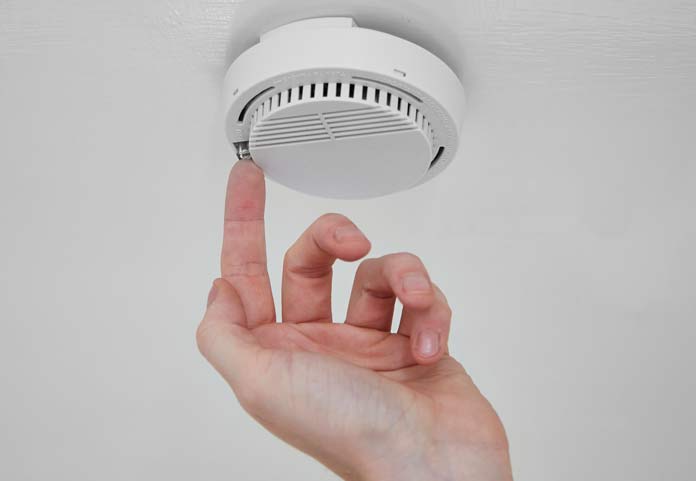When you hear a fire alarm, you have about two minutes to make it outside safely. In the chaos and confusion a fire, knowing an escape plan and a backup plan, can mean the difference between life and death. That’s why the theme of this year’s Fire Prevention Week is “Every Second Counts: Plan 2 Ways Out!”
Established by President Calvin Coolidge in 1925, Fire Prevention Week is the longest-running public health observance in the U.S. It takes place each year during the week that includes October 9 in memory of the Great Chicago Fire of 1871, which burned for several days and did the most damage on October 9. More than 100,000 people were left homeless by that fire and 250 people died. Over 3 square miles of the city burned.
Today, an average of 358,500 house fires resulting in 12,300 injuries and 2,510 deaths occur each year in the U.S. Cooking is the leading cause of those fires, while smoking is the leading cause of house fire fatalities, according to the National Fire Protection Association (NFPA).
To reduce the risk of house fire injuries and deaths, NFPA has compiled the following tips for creating an escape plan at home:
- Make sure your house number is easily seen from the street. This helps firefighters and other first responders find your home.
- Install smoke alarms in every sleeping room and every floor of the home. Make sure they are interconnected.
- Test your smoke alarms and replace batteries at least once a year. Functioning smoke alarms cut the risk of dying in half.
- Make a map of your house that shows two exits from each room and a path from each exit to the outside. Have your family study the map, and then put it up where everyone will see it.
- Make sure doors and windows are not blocked because, in the event of a fire, firefighters need to be able to easily enter every room of your home from doors and windows. Moreover, you do not want someone to be trapped in a room, unable to escape.
- Establish an outdoor meeting place a safe distance from the font of your home where family members should gather after escaping the house.
- Teach children how to escape on their own and wait at the meeting place.
- If possible, close doors as you leave to slow the spread of the fire. However, the most important thing is for everyone to get out safely.
- Once you are outside, stay outside. If you have pets, tell your children it is not their responsibility to get them out, and that they should never reenter the building for them.
- Practice the family fire drill twice a year. Only one third of Americans have practiced their escape plan.
